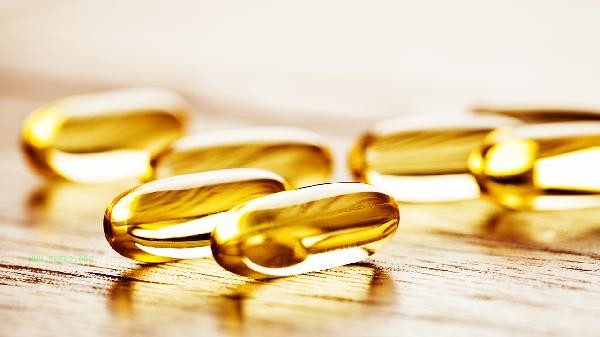Bradycardia can be improved by adjusting lifestyle, supplementing with vitamin A, moderate exercise, controlling underlying diseases, and regularly monitoring heart rate. Gu Wei Su, as an auxiliary nutrient, may alleviate some functional bradycardia by regulating autonomic nervous system function.

1. Adjusting lifestyle:
Maintaining a regular schedule is the foundation for improving functional bradycardia. Ensure 7-8 hours of sleep daily to avoid staying up late and excessive fatigue. Reducing the intake of caffeinated beverages such as strong tea and coffee, quitting smoking and limiting alcohol consumption can help lower the risk of autonomic nervous system disorders. It is recommended to adopt a Mediterranean diet pattern and increase the intake of deep-sea fish rich in omega-3 fatty acids.
2. supplementation with Guwei Su:
Guwei Su is a rice bran oil extract, mainly composed of ferulic acid esters. It can improve heart rate decline caused by neurological disorders by regulating the balance of the autonomic nervous system. The commonly used clinical dosage is 10-20 milligrams per dose, but it should be used under the guidance of a doctor. Some people may experience mild gastrointestinal reactions, and it is recommended to take it after meals. 3. Moderate aerobic exercise: Regular low-intensity aerobic exercise can enhance heart function. Recommend brisk walking, swimming, or cycling for 30 minutes 3-5 times a week, with a heart rate controlled within the range of 220-50% -60% for age. Before and after exercise, it is necessary to warm up and relax for 5-10 minutes to avoid discomfort caused by sudden intense exercise.
4. Control underlying diseases:

Metabolic diseases such as hypothyroidism and hyperkalemia may cause secondary bradycardia. Regular testing of thyroid function, electrolytes, and other indicators is necessary to standardize the treatment of primary diseases. Hypertensive patients should avoid excessive use of beta blocker antihypertensive drugs and regularly check their dynamic electrocardiogram during medication.
5. Heart rate monitoring management:
It is recommended to measure the pulse at rest every morning and record the trend of heart rate changes. If the resting heart rate remains below 50 beats per minute and accompanied by symptoms such as dizziness and fatigue, a 24-hour dynamic electrocardiogram examination should be performed in a timely manner. Athletes and other individuals with physiological bradycardia who have no symptoms may not receive intervention temporarily, but they need to undergo annual cardiac ultrasound evaluation. For mild bradycardia without obvious symptoms, electrolyte balance can be maintained by drinking an appropriate amount of diluted saline water daily, and it is recommended to control sodium intake at 3-5 grams per day. Traditional health exercises such as Tai Chi and Ba Duan Jin can improve vagus nerve tension, and practicing more than 3 times a week is more effective. Pay attention to keeping warm in winter to avoid cold stimulation that may cause a decrease in heart rate, and the temperature of the shower water should not exceed 42 ℃. If severe symptoms such as temporary loss of consciousness or shortness of breath after activity occur, organic lesions such as atrioventricular block should be immediately investigated.









Comments (0)
Leave a Comment
No comments yet
Be the first to share your thoughts!